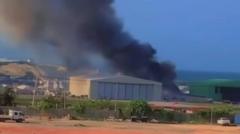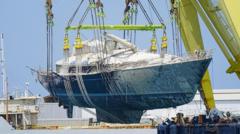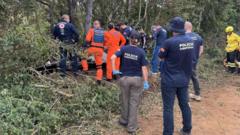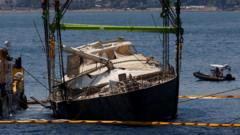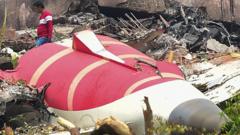Sydney's Northern Beaches face new beach closures as marble-sized grey and white balls appear, prompting investigations by environmental agencies.
Marble-Like Debris Forces More Sydney Beaches to Close
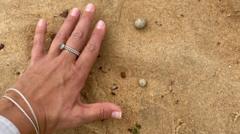
Marble-Like Debris Forces More Sydney Beaches to Close
Authorities investigate latest wave of mysterious shoreline debris
In a perplexing turn of events, Sydney's Northern Beaches are once again grappling with beach closures as small, marble-like debris begins to wash ashore. Nine beaches, including the celebrated Manly and Dee Why, have been closed while authorities delve into the origins of these grey and white objects. This follows a troubling episode in October when several beaches, including Bondi, were shuttered for days due to a flurry of black deposits on the coastline.
Originally attributed to a sewage spill, testing on the earlier black balls confirmed their composition contained varied contaminants, from cooking oil to pharmaceuticals, alongside substances associated with wastewater systems. Northern Beaches Mayor Sue Heins acknowledged the ambiguity surrounding the latest debris, stating, “We don’t know at the moment what it is and that makes it even more concerning.”
This new wave of debris was first reported by the New South Wales Environmental Protection Agency (EPA), which has teamed up with the council to collect samples and investigate potential sources. Residents are encouraged to report any sightings of the mysterious balls.
While initial reports dubbed the October findings as "tar balls", further analysis exposed a more complicated mixture resembling fatbergs—substances typically generated within sewerage systems. However, with no identified issues reported by Sydney Water regarding the waste systems, the root cause of this pollution remains elusive, leading to rising public safety concerns. As Greens party state politician Sue Higginson lamented, “The EPA can't explain the source of the human waste causing the fatbergs and it can't assure the public that Sydney's beaches are safe to use.”
Originally attributed to a sewage spill, testing on the earlier black balls confirmed their composition contained varied contaminants, from cooking oil to pharmaceuticals, alongside substances associated with wastewater systems. Northern Beaches Mayor Sue Heins acknowledged the ambiguity surrounding the latest debris, stating, “We don’t know at the moment what it is and that makes it even more concerning.”
This new wave of debris was first reported by the New South Wales Environmental Protection Agency (EPA), which has teamed up with the council to collect samples and investigate potential sources. Residents are encouraged to report any sightings of the mysterious balls.
While initial reports dubbed the October findings as "tar balls", further analysis exposed a more complicated mixture resembling fatbergs—substances typically generated within sewerage systems. However, with no identified issues reported by Sydney Water regarding the waste systems, the root cause of this pollution remains elusive, leading to rising public safety concerns. As Greens party state politician Sue Higginson lamented, “The EPA can't explain the source of the human waste causing the fatbergs and it can't assure the public that Sydney's beaches are safe to use.”



